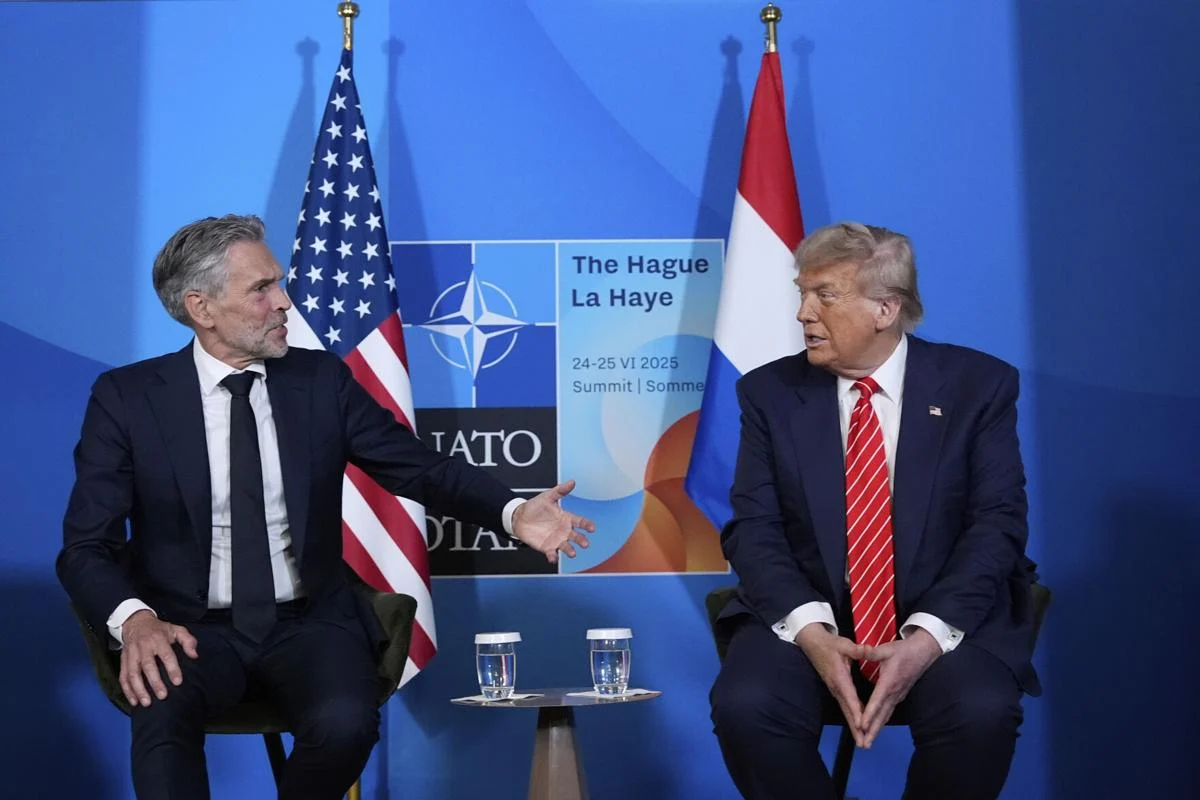NATO Allies Pledge to Sharply Increase Defense Budgets
The recent NATO summit in The Hague concluded with a bold new commitment: all 32 members agreed to gradually increase military spending to 5% of their GDP within the next decade. This move significantly raises the bar from the previous 2% guideline, which some nations still struggle to meet.
Notably, 3.5% of the 5% target must be allocated to core defense outlays such as troop maintenance and military procurement, while the remaining 1.5% can be classified as “defense-related expenditures.” These may include efforts to strengthen cybersecurity, protect infrastructure, or support defense industry innovation.
Despite the flexibility, the plan imposes stricter accountability: nations must submit annual plans showing incremental progress. A formal review of overall compliance is scheduled for 2029.
Collective Defense Principle Reaffirmed
Among the more politically charged discussions, reaffirming Article 5—the foundation of NATO’s collective defense commitment—was a priority. Former U.S. President Trump raised eyebrows before the summit by suggesting there are “numerous definitions” of mutual defense.
However, the final declaration made clear that the alliance remains united: “We reaffirm our ironclad commitment to Article 5,” the statement read. Trump himself later told reporters, “I stand with Article 5, that’s why I’m here.”
This clear message was especially welcomed by members in Eastern Europe, where fears of Russian aggression remain high. For them, Article 5 is not theoretical—it is existential.
Ambiguity on Russia Highlights Internal Friction
While many nations urged strong language against Moscow, the final communiqué stopped short of a direct condemnation. It acknowledged the “long-term threat posed by Russia to Euro-Atlantic security,” and reiterated support for Ukraine, but avoided terms such as “aggression.”
This softer language reflects political tensions. Trump has maintained a more restrained stance on Russia, in contrast to other allies. Dutch Prime Minister Rutte had warned earlier that Russia might attempt a military confrontation within five years.
Despite differing rhetoric, the alliance’s military positioning remains aligned. Troop deployments, arms shipments, and shared intelligence all reflect a shared concern about Russian ambitions in Eastern Europe.
Spain Draws Criticism for Lagging Defense Spending
Spain’s Prime Minister Pedro Sánchez arrived at the summit under scrutiny. His government currently allocates just 1.24% of GDP to defense, placing Spain at the bottom of NATO’s spending rankings.
Although Sánchez defended the figure as “sufficient and compatible with our social model,” former President Trump publicly rebuked Spain’s stance, calling it a “free ride” and warning of trade repercussions.
The criticism, combined with Sánchez’s physical distance during the summit’s official photo, highlighted Spain’s growing isolation within the alliance. Meanwhile, pressure mounts for Madrid to submit a credible roadmap toward the 5% target.
Rutte and Trump’s Surprising Exchange
The summit took a strange turn when Secretary General Mark Rutte jokingly referred to Trump as “daddy” during a public exchange, prompting laughter from U.S. delegates including Secretary of State Marco Rubio and Defense Secretary Pete Hegseth.
Rutte later insisted his comments were meant respectfully. “I think he deserves all the praise,” he said, referencing Trump’s decision-making during recent escalations in the Middle East.
Though lighthearted, the moment underscored Rutte’s delicate position—managing an alliance fraught with political tension while trying to maintain unity among deeply divided leaders.
An Alliance Reinforced but Pressured
Overall, the summit reinforced NATO’s direction: greater military investment, renewed strategic clarity, and a cautious but unified front against external threats. While political differences remain, the alliance emerged with a clear message of deterrence and solidarity.
Still, internal divides—over spending, diplomacy, and narrative—pose ongoing challenges. As NATO members return home to implement their commitments, their ability to deliver on promises will shape the alliance’s effectiveness in a more volatile global landscape.



